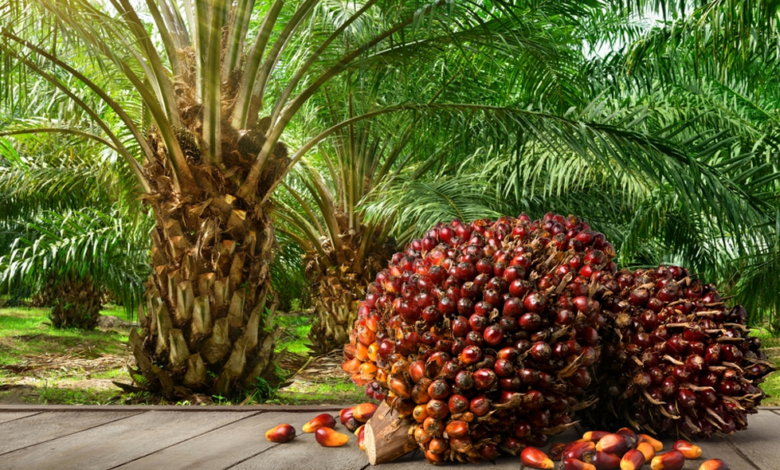Palm Oil Continues To Be Major Driver Of Deforestation
The Indian Institute of Oil Palm Research had identified Assam as the state with the highest potential for oil palm cultivation

With an aim to increase the oil palm and boost the Crude Palm Oil production to 11.20 lakh tonnes by 2025-26, the Government of India launched National Mission for Edible Oils- Oil Palm in August 2021.
In addition to the marked growth in production of edible oils, the Mission is also successfully leading India towards an ‘Aatma Nirbhar Bharat’ by reducing the import burden.
Under the Mission, the State Governments along with Oil Palm processing companies have initiated a Mega Oil Palm Plantation drive from 25th July 2023 to further increase the oil palm cultivation in the country.
The major oil palm growing states, namely, Andhra Pradesh, Telangana, Tamil Nadu, Odisha, Karnataka, Goa, Assam, Tripura, Nagaland, Mizoram, and Arunachal Pradesh are participating in this initiative.
The Indian Institute of Oil Palm Research (IIOPR) had identified Assam as the state with the highest potential for oil palm cultivation. India wants to add, Assam’s target alone stood at 3.75 lakh hectares.
Between October 2022 and October 2023, India’s edible oil import bill stood at ₹138,000 crore. Three-fifths of that—9.79 million metric tonnes—was palm oil, mostly from Indonesia and Malaysia.
Now India has embarked on a new push for oil palm cultivation in northeast India. With domestic oilseed production staying low, imports now meet 65-70% of India’s edible oil demand. Growing oil palm locally can help India reduce that import bill.
On the other hand Plam trees are well known for a crop that requires large amount of water. Palm has typical adventitious roots system that enables this crop to receive and absorb water and nutrients.
Palm is expected to exacerbate local water shortages. It also weakens soil health.
As studies have shown, oil palm plantations have the lowest biodiversity—lower than even teak plantations, and far lower than the traditional jhum landscapes.
There is also the question of forest loss. Oil palm is mostly grown in areas that get lots of rain. Consequently, in countries like Indonesia, Malaysia and Cameroon, where governments cleared forests and planted oil palm, the plant has triggered massive deforestation, destroying habitats of endangered species like orangutans and reducing planetary resilience to climate change.
Palm oil has been and continues to be a major driver of deforestation of some of the world’s most biodiverse forests, destroying the habitat of already endangered species like the Orangutan, pygmy elephant and Sumatran rhino.
The writer of this article is Dr. Seema Javed, an environmentalist & a communications professional in the field of climate and energy




